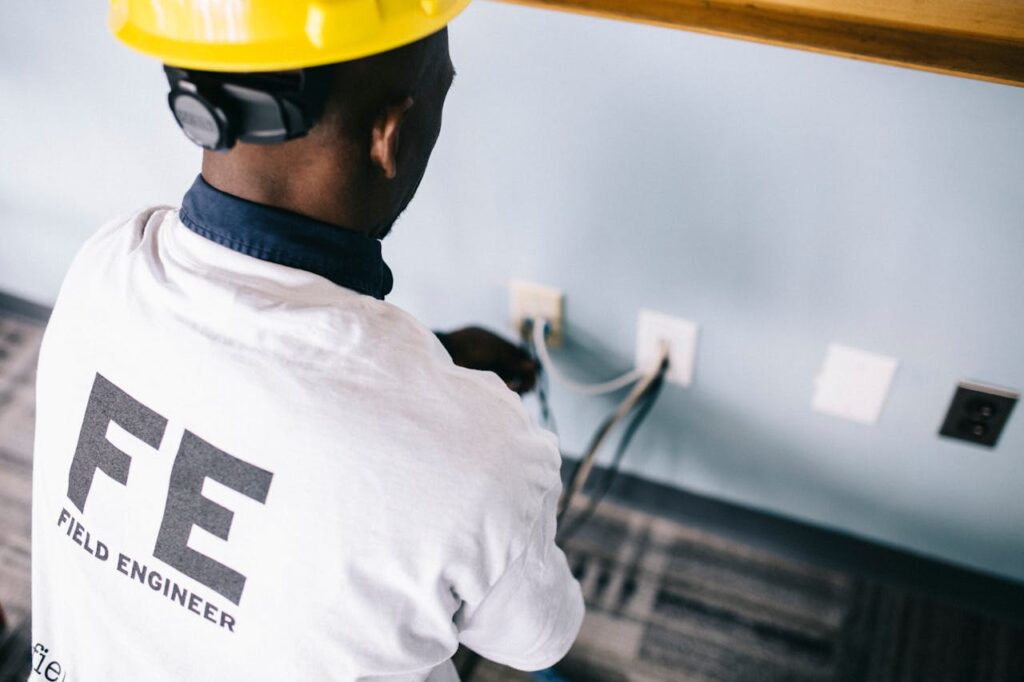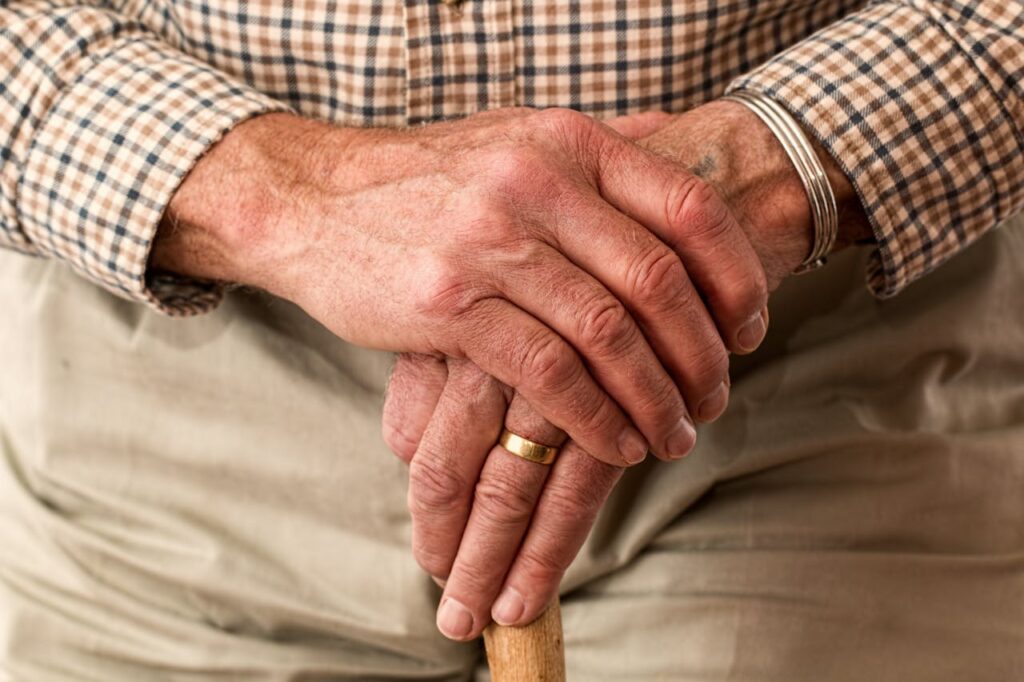Enhancing Family Security with Smart Locks and Temporary Access Codes
Enhancing Family Security with Smart Locks and Temporary Access Codes In a world where smart devices run our homes, the humble lock and key have undergone a dramatic transformation. This revolution spells good news for families seeking to bolster their security while juggling the daily foot traffic through their front door. Enter the innovative solution of smart locks with temporary access codes, a beacon of modern home safety that offers both control and convenience to households with an active social ecosystem. Understanding Smart Locks in Context Smart locks represent the vanguard of residential security technology, a sophisticated upgrade from their mundane counterparts. The hallmark of smart locks is their capability to interconnect with smartphones, home automation systems, and the broader web, providing homeowners with an unprecedented level of control and insight into the sanctity of their homes. Compared to traditional locks, smart locks offer a range of advanced functions. These can include keyless entry, remote access control, and activity tracking, which logs when the lock is engaged, providing homeowners real-time monitoring and historical data for peace of mind. The Allure of Temporary Access Imagine not needing to leave a key under the mat for the house cleaner or hoping against anonymous porch pirates when expecting a delivery. Temporary access codes through smart lock technology grant a temporary pass, legitimizing temporary guests or professionals to enter, only to vanish into the digital ether once their visit is complete. For families hosting multiple events or needing regular access for child caregivers and utility workers, the temporary code system is a boon that’s difficult to match with a traditional lock-and-key model. Sharing one-time access codes minimizes the risk of your primary security measures being compromised, underlining the vital role temporary access features play in a modern, reliable security system. The Wealth of Benefits Smart locks with temporary access codes bring a medley of benefits that all converge on the central theme of security and convenience. Enhanced Security: Beyond the sheer technological allure, smart locks provide heightened security. Real-time user access tracking ensures clarity on who, when, and how someone accessed your home. Remote Access and Monitoring: Ensure the smart lock can be managed not just from within your home but remotely, should you need to grant access while away. Robust monitoring features offer live data on entry attempts that fortify your home surveillance effort. Customization: Look for smart locks that allow for custom temporary access codes to be generated easily, offering flexibility to the homeowner and a user-friendly experience for visitors. Real Experience, Real Security Case studies and user experiences can be profoundly persuasive. We’ve heard tales of busy families managing their homes effortlessly with a smart lock in place, their anecdotes painting a picture of secure simplicity that’s hard to ignore. From controlling access during out-of-town guests to managing deliveries while at work, the real-life benefits of smart locks underscore their practicality. Implementing Smart Locks: The Roadmap to Success Selecting a smart lock is just the beginning; proper implementation ensures that you extract the maximum value from your investment. Top-Notch Installation: Whether done professionally or by the homeowner, the installation must be flawless to secure the lock with the integrity it deserves. Educational Endeavor: Teach your family and visitors the nuances of the system. Understanding its use and limitations is key to successful implementation. The Cutting Edge of Smart Home Security The future of security lies in the pockets of homeowners — literally. The integration of smart lock technology with broader home security systems gives rise to an inter-connectivity that is poised to redefine what we understand as a secure home. In Conclusion Smart locks with temporary access codes are not just gadgets; they are the modern family’s answer to a secure and streamlined home. They offer a potent mix of convenience and control that resonates deeply with those seeking a sanctum that reflects the pace and complexity of contemporary living. With considerations for quality, features, and practical application in place, the adoption of smart lock technology could be the key to unlocking a future where home security is amplified, and peace of mind is standard issue.



